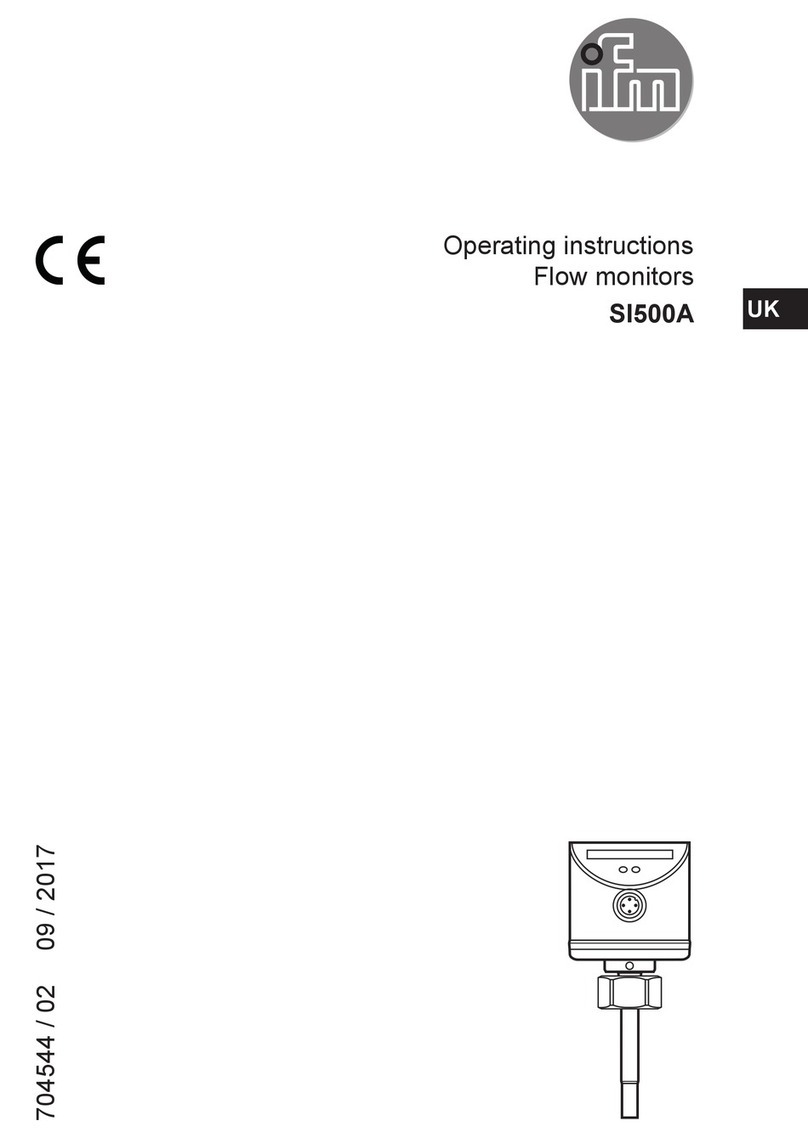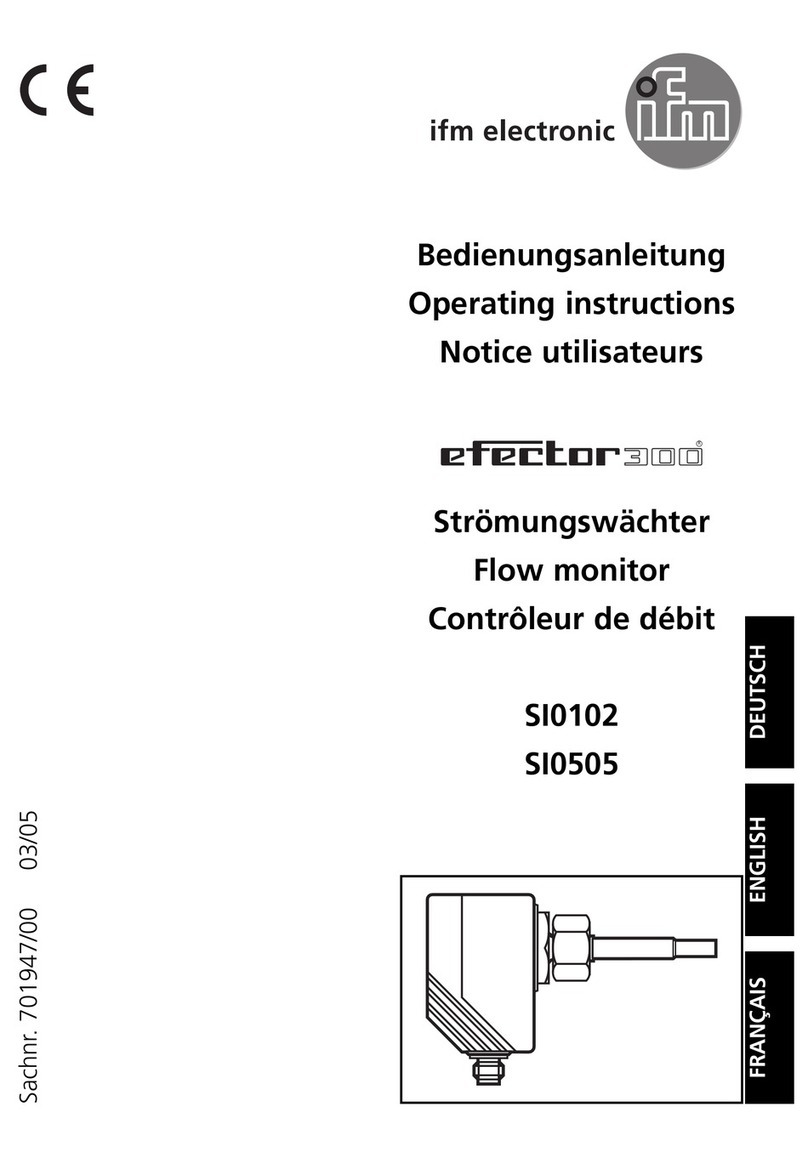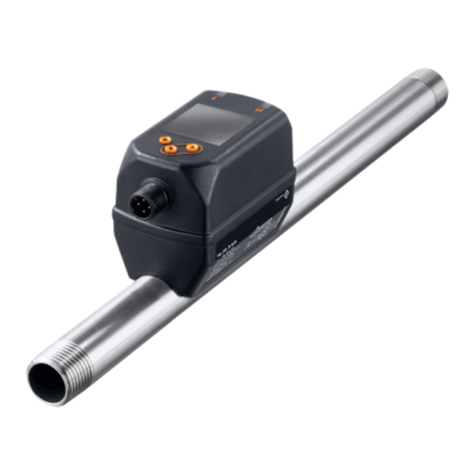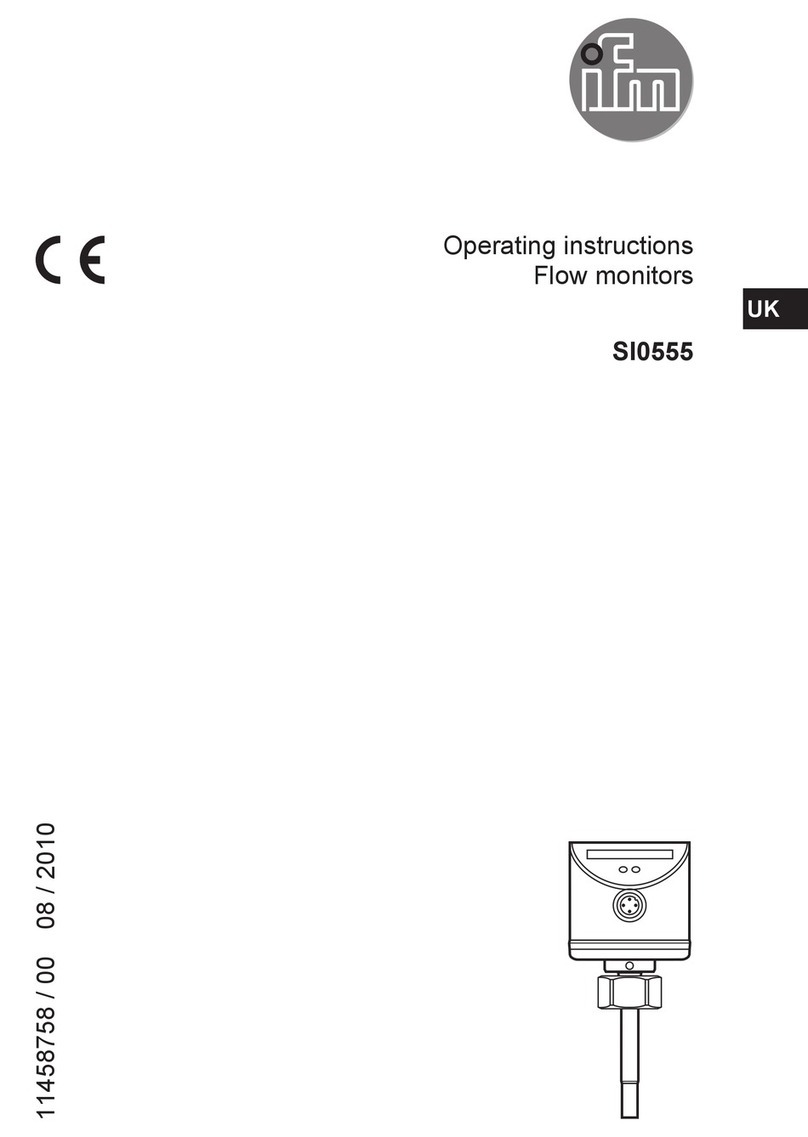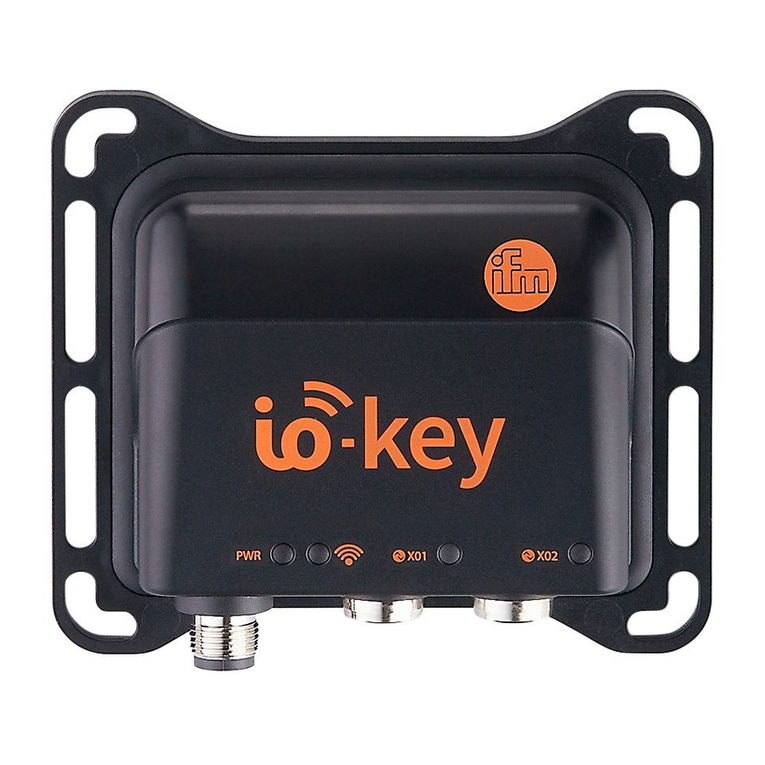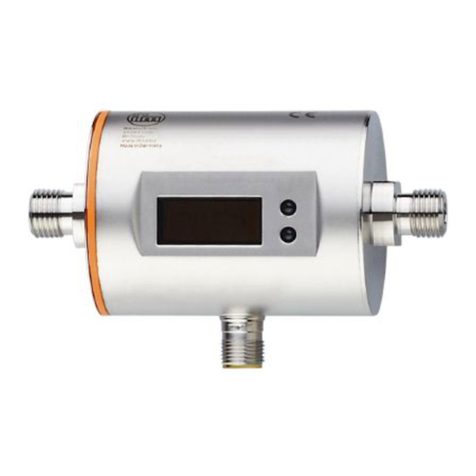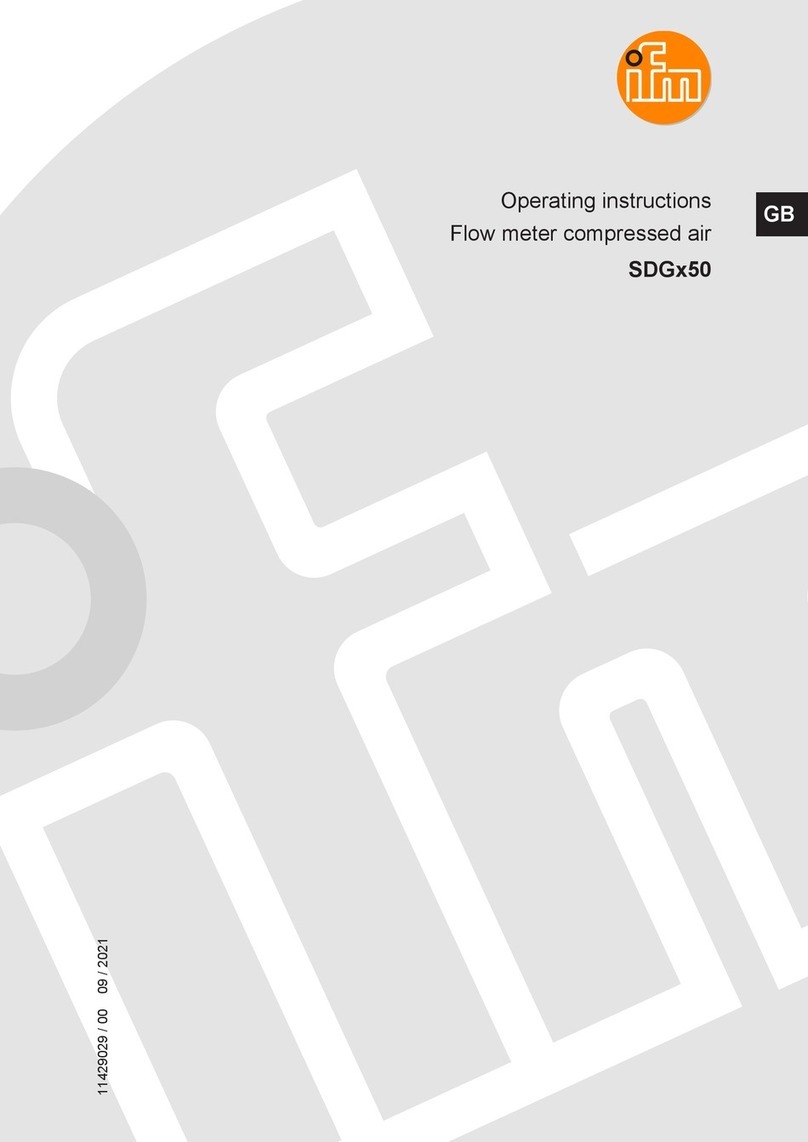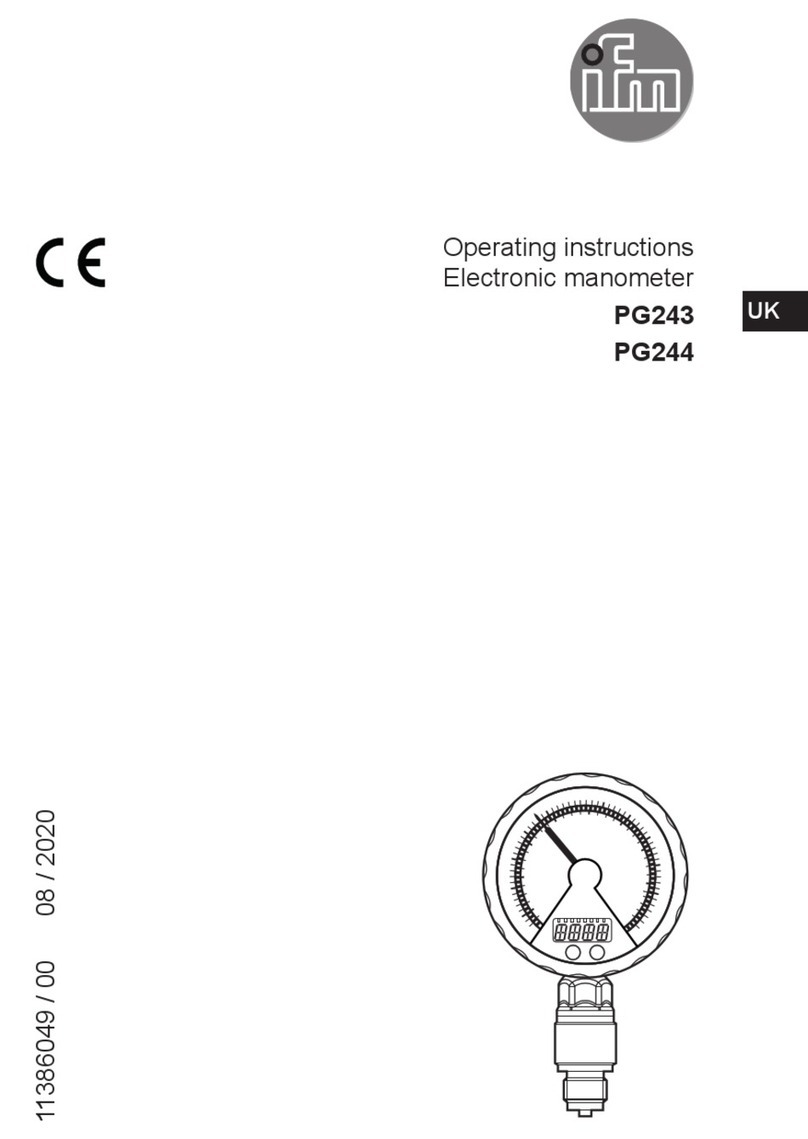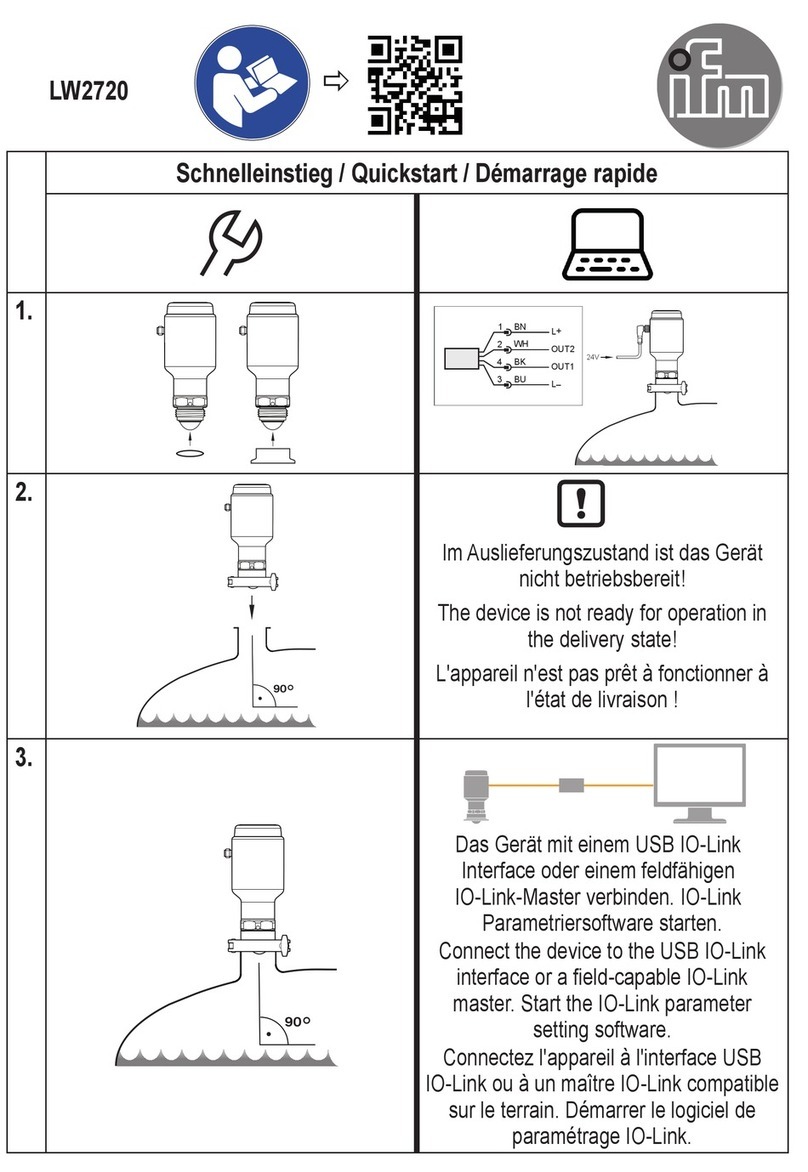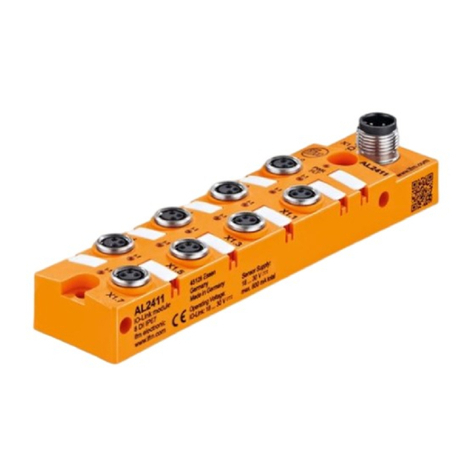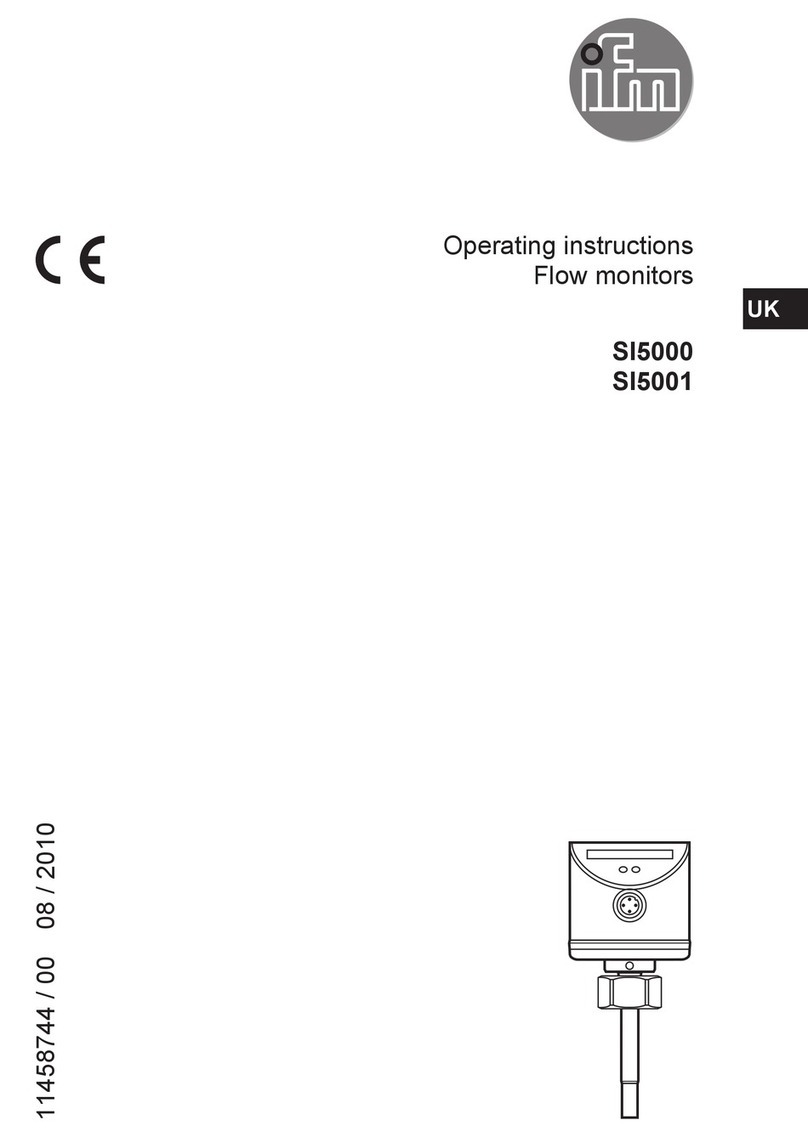
3
UK
8�2�1 Explanation extended functions (EF)��������������������������������������������������29
8�2�2 Submenu basic settings (CFG) ����������������������������������������������������������29
8�3 Extended functions – Min/max memory – Empty pipe – Simulation������������30
8�3�1 Explanation extended functions (EF)��������������������������������������������������31
8�3�2 Submenu min/max memory (MEM)����������������������������������������������������31
8�3�3 Submenu empty pipe (EPD)���������������������������������������������������������������31
8�3�4 Submenu simulation (SIM) �����������������������������������������������������������������31
9 Set-up ����������������������������������������������������������������������������������������������������������������32
10 Parameter setting ��������������������������������������������������������������������������������������������32
10�1 Parameter setting in general ���������������������������������������������������������������������33
10�1�1 Parameter setting in submenus��������������������������������������������������������33
10�1�2 Locking / unlocking ���������������������������������������������������������������������������34
10�1�3 Timeout���������������������������������������������������������������������������������������������34
10�2 Settings for volumetric flow monitoring������������������������������������������������������34
10�2�1 Switch Point monitoring of volumetric flow (OUT1) ��������������������������34
10�2�2 Switch Point monitoring of volumetric flow (OUT2) ��������������������������34
10�2�3 Analogue output flow rate (OUT2) ����������������������������������������������������34
10�2�4 Frequency signal for flow (OUT1)�����������������������������������������������������35
10�3 Settings for consumed quantity monitoring �����������������������������������������������35
10�3�1 Quantity monitoring by pulse output (OUT1) ������������������������������������35
10�3�2 Quantity monitoring by preset counter (OUT1)���������������������������������35
10�3�3 Pulse value ���������������������������������������������������������������������������������������35
10�3�4 Manual counter reset������������������������������������������������������������������������36
10�3�5 Time-controlled counter-reset�����������������������������������������������������������36
10�3�6 Deactivation of the counter reset������������������������������������������������������36
10�3�7 Counter reset using an external signal ���������������������������������������������36
10�4 Settings for temperature monitoring ����������������������������������������������������������37
10�4�1 Switch Point monitoring for temperature (OUT2) �����������������������������37
10�4�2 Analogue output temperature (OUT2) ����������������������������������������������37
10�5 User settings (optional)������������������������������������������������������������������������������38
10�5�1 Standard unit of measurement for volumetric flow ���������������������������38
10�5�2 Standard display�������������������������������������������������������������������������������38
10�5�3 Direction of flow ��������������������������������������������������������������������������������38
10�5�4 Output logic ��������������������������������������������������������������������������������������38
10�5�5 Start-up delay �����������������������������������������������������������������������������������38
10�5�6 Measured value damping �����������������������������������������������������������������39














